

Articles
How To Store Leftover Ramen
Modified: May 6, 2024
Learn the best methods for storing leftover ramen to keep it fresh and delicious. Check out our articles for expert tips and tricks.
(Many of the links in this article redirect to a specific reviewed product. Your purchase of these products through affiliate links helps to generate commission for Storables.com, at no extra cost. Learn more)
Introduction
Have you ever found yourself with a piping hot bowl of ramen noodles, only to realize you can’t finish it all? Don’t fret – leftover ramen can be just as delicious the next day if stored and reheated properly. Whether you ordered takeout from your favorite ramen joint or made a big batch of homemade ramen, knowing how to store and preserve those leftovers is key to enjoying them later.
In this article, we’ll explore the best practices for storing leftover ramen and how to ensure it retains its flavor and texture until you’re ready to indulge again. We’ll also share some creative ideas on what to do with leftover ramen, so you never have to waste a single bite.
Key Takeaways:
- Don’t let leftover ramen go to waste! Properly store and reheat it to enjoy the same delicious flavors. Get creative with repurposing leftovers into new and exciting dishes to satisfy your cravings.
- Understanding the challenges of preserving ramen leftovers is key. Separate components, use airtight containers, and label for freshness. Reheat with care and explore creative ways to transform leftovers into culinary adventures!
Read more: How To Store Ramen
Understanding Ramen Leftovers
Ramen is a popular Japanese dish consisting of wheat noodles, flavorful broth, and an assortment of toppings like meat, vegetables, and eggs. It is known for its rich and savory taste, making it a favorite among food enthusiasts worldwide.
When it comes to leftovers, ramen can be a bit tricky. The noodles tend to absorb the liquid from the broth, losing their original texture and becoming mushy. Additionally, the toppings may become soggy or lose their freshness. However, with a few storage and reheating techniques, you can preserve the quality of your leftover ramen.
It’s important to understand that the type of ramen you have also plays a role in how well it keeps. If your ramen has a thick, creamy broth, it may not store as well as those with a lighter, broth-based soup. Similarly, if your ramen is loaded with delicate toppings like tempura or soft-boiled eggs, they may not retain their original texture when reheated.
Despite these challenges, with proper storage and handling, you can still enjoy a flavorful bowl of leftover ramen. The key is to take precautions to prevent the noodles from turning into a mushy mess and to preserve the overall integrity of the dish.
Tips for Proper Storage
When it comes to storing leftover ramen, following the right techniques will help maintain its flavor and texture. Here are some tips to ensure proper storage:
- Separate the noodles and broth: If possible, separate the noodles from the broth before storing. This will prevent the noodles from getting soggy and absorbing too much liquid. You can store the noodles and broth in separate containers.
- Use airtight containers: Use airtight containers or resealable bags for storing both the noodles and the broth. This will prevent moisture and odors from seeping in, helping to preserve the freshness of the ramen.
- Refrigerate promptly: Once your ramen has cooled down, refrigerate it as soon as possible. Leaving it at room temperature for too long can lead to bacterial growth and spoilage.
- Label and date: To easily identify and keep track of your leftovers, label the containers with the date you stored them. This will help you remember how long they’ve been in the fridge and ensure you consume them before they spoil.
- Consume within a few days: Leftover ramen should ideally be consumed within 2-3 days of storage. After that, the noodles may become too soft and the flavors may diminish.
By following these tips, you can maintain the quality and freshness of your leftover ramen, ensuring a delicious meal when you’re ready to enjoy it again.
Storing Leftover Ramen in the Fridge
When storing leftover ramen in the fridge, it’s important to take the necessary steps to preserve its flavor and texture. Here’s how you can do it:
- Separate the components: If your ramen includes separate components like noodles, broth, and toppings, it’s best to store them separately. Place the noodles in one airtight container and the broth in another. If there are any delicate toppings like tempura or soft-boiled eggs, store them separately as well.
- Cool down before storing: Allow the leftover ramen to cool down to room temperature before placing it in the fridge. Placing hot ramen directly in the fridge can raise its internal temperature, which may affect the overall quality and freshness.
- Use airtight containers: Transfer the noodles and broth into separate airtight containers. These containers will help prevent any odors from permeating the ramen and keep it fresh for a longer duration.
- Label and date: Don’t forget to label the containers with the date they were stored. This will help you keep track of how long the ramen has been in the fridge and ensure you consume it before it spoils.
- Store on the shelf: Place the containers of ramen on the shelf of your refrigerator, away from any strong-smelling foods. This will prevent any cross-contamination of flavors and keep your ramen tasting its best.
- Consume within 2-3 days: Leftover ramen stored in the fridge should be consumed within 2-3 days for optimal taste. After this period, the noodles may become too soft, and the flavors may start to deteriorate.
By following these steps, you can ensure that your leftover ramen stays fresh and delicious until you’re ready to enjoy it again. Just remember to reheat it properly to bring back its original savor!
Store leftover ramen in an airtight container in the refrigerator for up to 3 days. To reheat, add a little water and microwave or reheat on the stovetop with some added broth.
Freezing Leftover Ramen
If you find yourself with an abundance of leftover ramen that you can’t consume within a few days, freezing is a great option to extend its shelf life. Freezing leftover ramen can help retain its flavor and texture for an extended period. Here’s how you can freeze your leftover ramen:
- Cool down the ramen: Allow the leftover ramen to cool down completely before freezing. It’s important to avoid putting hot ramen directly in the freezer, as it can raise the temperature inside and affect the quality of other frozen items.
- Separate the components: If your ramen has separate components like noodles, broth, and toppings, consider separating them before freezing. This will help maintain the quality of each component during the freezing and thawing process.
- Portion into individual servings: To make it easier to thaw and serve, portion the ramen into individual servings. This way, you can defrost only what you need, reducing waste and making mealtime more convenient.
- Transfer to freezer-safe containers: Transfer the ramen into freezer-safe containers. Make sure to leave some headspace in the containers as the liquid may expand while freezing. Alternatively, you can use freezer bags, squeezing out excess air before sealing.
- Label and date: Don’t forget to label the containers or freezer bags with the date of freezing. This will help you keep track of how long the ramen has been frozen and ensure you consume it before the quality starts to decline.
- Store in the freezer: Place the containers or freezer bags of ramen in the freezer. Ideally, store them towards the back of the freezer where the temperature remains consistent and less prone to temperature fluctuations when the freezer door is opened.
- Consume within 1-2 months: While frozen ramen can be safe to eat for a longer period, it’s best to consume it within 1-2 months to maintain the best quality and taste.
By following these steps, you can freeze your leftover ramen and enjoy it at a later time. Just make sure to thaw and reheat it properly to bring back its delicious flavors!
Read more: How To Store Ramen Noodles
Reheating Leftover Ramen
When it’s time to enjoy your leftover ramen, reheating it properly is crucial to preserve its flavor and texture. Here are some methods to reheat leftover ramen:
- Stovetop: The stovetop method is the preferred way to reheat ramen as it allows for more control over the heat. Place the leftover ramen, including the noodles and broth, in a saucepan. Heat it over medium-low heat, stirring occasionally, until it is heated through. Be careful not to overcook the noodles, as they can become mushy.
- Microwave: If you’re short on time, the microwave can be a convenient option for reheating leftover ramen. Transfer the ramen into a microwave-safe bowl and cover it loosely with a microwave-safe lid or microwave-safe plastic wrap. Microwave on high in 30-second intervals, stirring in between, until heated through.
- Oven: If you have a large batch of leftover ramen, reheating it in the oven can be a good option. Preheat the oven to a low temperature, around 300°F (150°C). Transfer the ramen to an oven-safe dish, cover it with foil, and heat it in the oven for about 10-15 minutes or until warmed through.
- Add a splash of hot broth: If you find that the noodles have become too dry or sticky after reheating, you can add a splash of hot broth to moisten them. This will help revive the noodles’ texture and restore some of the original flavors.
- Adjust seasoning: After reheating, taste the ramen and adjust the seasoning if needed. You may find that the flavors have mellowed out during the storage and reheating process, so adding a pinch of salt, a squeeze of lime, or a dash of soy sauce can help enhance the taste.
Remember to exercise caution when reheating and ensure that the ramen reaches a safe internal temperature before consuming to avoid any potential health risks. It’s always better to reheat in smaller portions and test for proper heat distribution.
By using these methods, you can bring your leftover ramen back to life, making it just as enjoyable as when it was freshly made. Now, let’s explore some creative ideas on what to do with leftover ramen!
Creative Ideas for Using Leftover Ramen
Leftover ramen doesn’t have to be limited to simply reheating and enjoying it as it is. With a little creativity, you can transform your leftover ramen into new and exciting dishes. Here are some creative ideas to make the most out of your leftover ramen:
- Ramen stir-fry: Turn your leftover ramen into a delicious stir-fry by sautéing it with some vegetables, protein of your choice, and a flavorful sauce. The soft ramen noodles will absorb the flavors and create a delightful and quick meal.
- Ramen salad: Toss your leftover ramen noodles with your favorite salad ingredients, such as fresh greens, crunchy veggies, and a tangy dressing. Add some protein like grilled chicken or shrimp for a satisfying and unique salad experience.
- Ramen omelette: Break up the leftover ramen noodles and incorporate them into an omelette for a hearty and filling breakfast or brunch. Combine the noodles with beaten eggs, veggies, and cheese, then cook it up on the stovetop for a flavorful twist on a classic omelette.
- Ramen fried rice: Use your leftover ramen as a base for a tasty fried rice dish. Sauté the ramen noodles with diced vegetables, scrambled eggs, and your choice of protein (such as diced chicken or shrimp). Add soy sauce and other seasonings to taste for a flavorful and satisfying meal.
- Ramen noodle soup: If you still have some leftover broth from your ramen, you can turn it into a comforting noodle soup. Just boil some fresh vegetables and protein of your liking, and then add the leftover ramen noodles to the broth. Simmer until everything is heated through, and you have a warm and comforting soup.
- Ramen pizza: Get creative and use your leftover ramen as a unique pizza topping. Just cook the ramen noodles as usual, then drain and arrange them on top of a pizza crust along with your favorite sauce, cheese, and additional toppings. Bake in the oven until the cheese is melted and bubbly for a delicious and unconventional pizza experience.
With these ideas, you can transform your leftover ramen into brand new dishes that are exciting and full of flavor. Don’t let your ramen go to waste – let your culinary imagination run wild and enjoy these unique creations!
Conclusion
Leftover ramen doesn’t have to be a disappointment or go to waste. With the right storage and reheating techniques, you can enjoy your leftover ramen just as much as when it was freshly made. By understanding the challenges of preserving ramen leftovers and following some simple tips, you can maintain its flavor and texture for future enjoyment.
Proper storage involves separating the components of your ramen, using airtight containers, and promptly refrigerating or freezing the leftovers. Labeling and dating the containers will help you keep track of their freshness and ensure they are consumed within a safe timeframe.
When it’s time to enjoy your leftover ramen, reheating it properly can make all the difference. Whether you choose the stovetop, microwave, or oven method, be mindful of not overcooking the noodles and adjust the seasoning as needed for the best taste experience.
If you find yourself with an abundance of leftover ramen, get creative and explore new ways to repurpose it. From stir-fries and salads to omelettes and fried rice, there are countless ways to transform your leftover ramen into exciting and delicious meals.
By following these tips and ideas, you can make the most out of your leftover ramen, reducing food waste and satisfying your cravings for this beloved dish. With a little creativity, you can turn your leftovers into culinary adventures and enjoy every last bite.
So, the next time you find yourself with leftover ramen, remember that it’s not the end – it’s just the beginning of a new and flavorful journey.
Now that you've got the scoop on keeping your ramen tasty after it's been stored, why not extend those savvy skills to all your kitchen essentials? If you're curious about the best ways to keep everything from veggies to bread fresher for longer, our next guide is just what you need. Perfect for anyone looking to minimize waste and maximize flavor, our comprehensive review on optimal food preservation solutions will surely be your next read. Don’t miss out on mastering the art of extending your groceries' lifespan!
Frequently Asked Questions about How To Store Leftover Ramen
Was this page helpful?
At Storables.com, we guarantee accurate and reliable information. Our content, validated by Expert Board Contributors, is crafted following stringent Editorial Policies. We're committed to providing you with well-researched, expert-backed insights for all your informational needs.






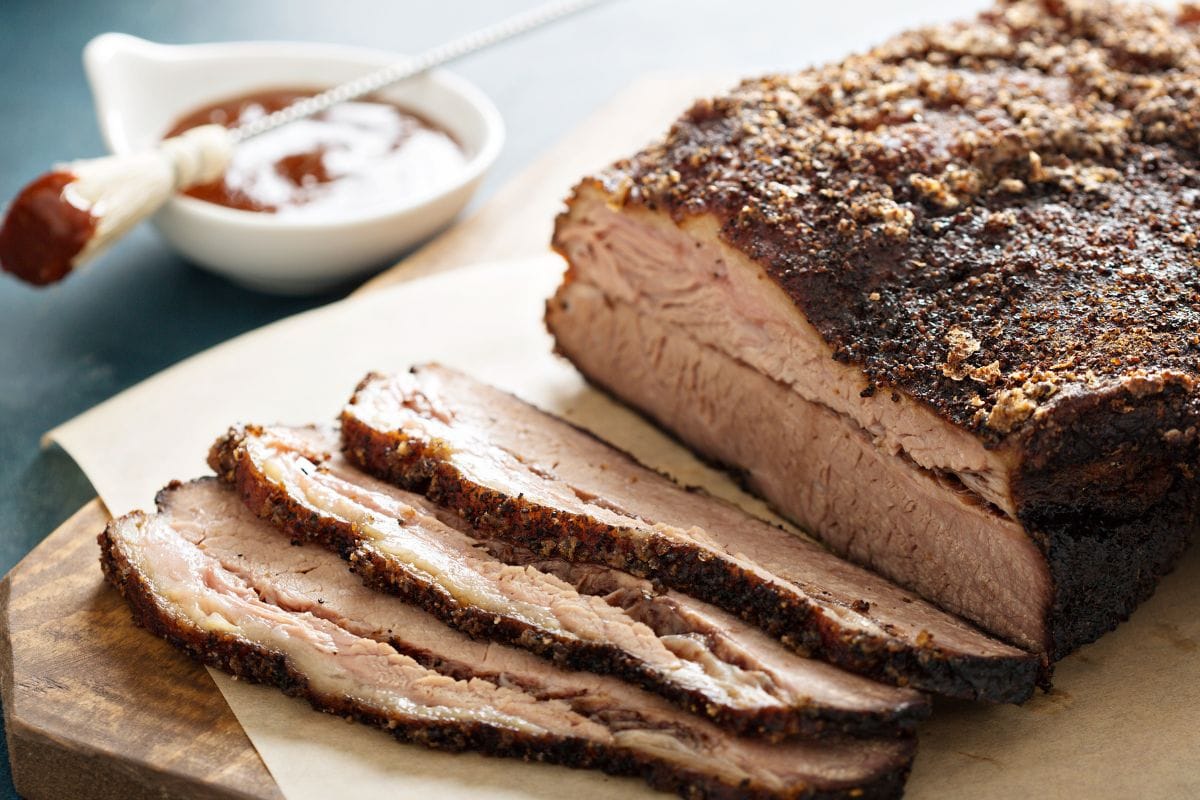
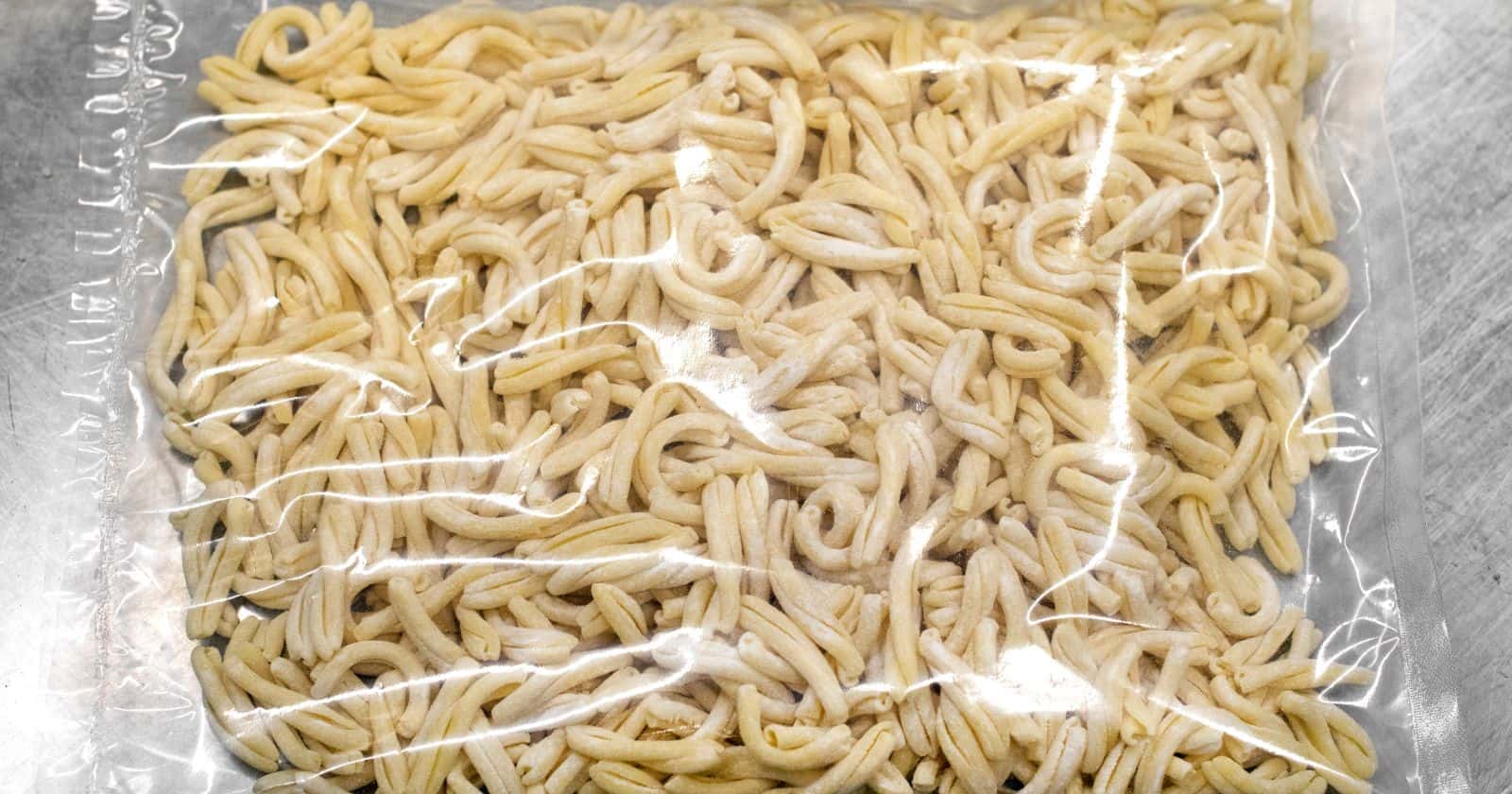
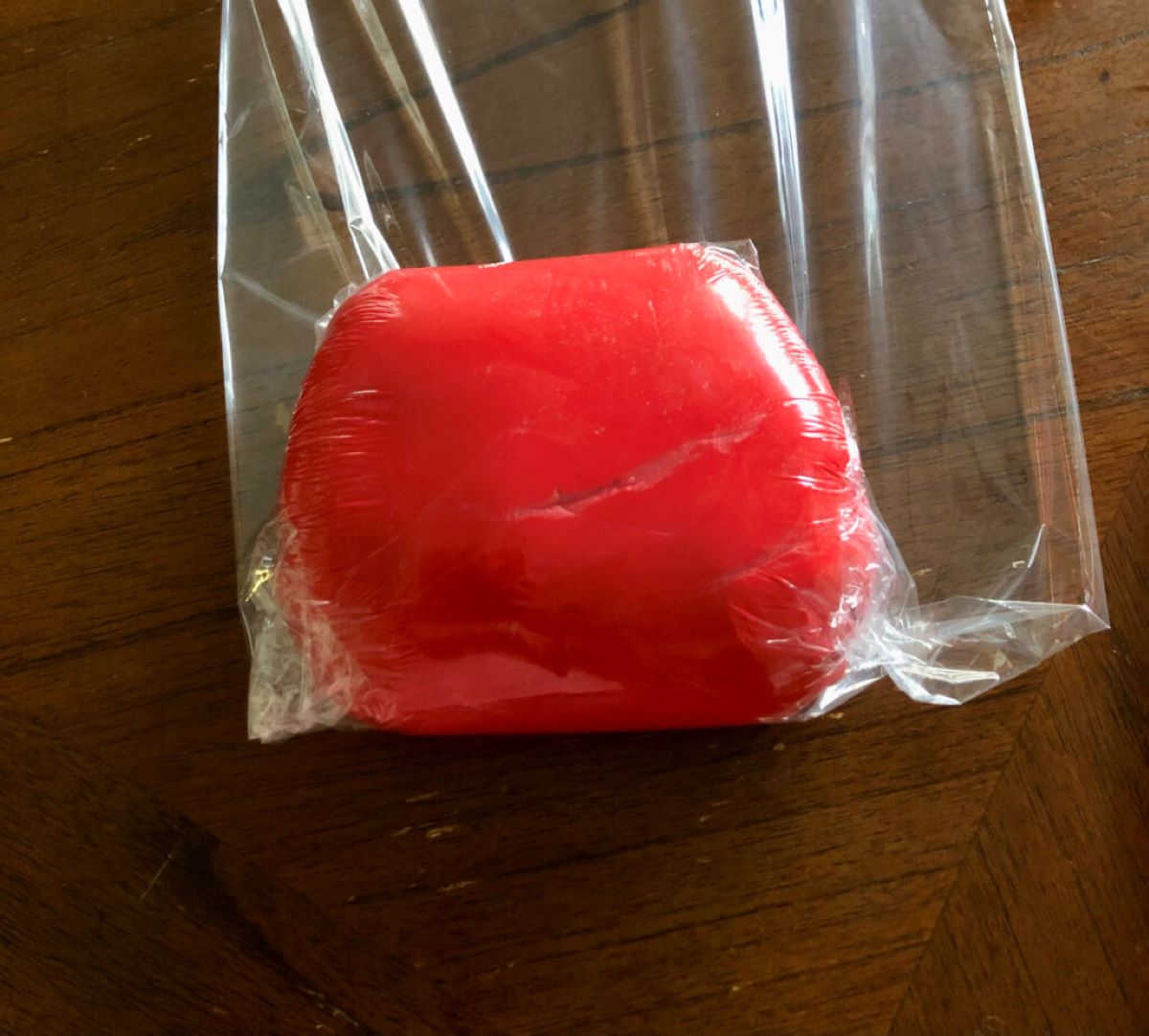


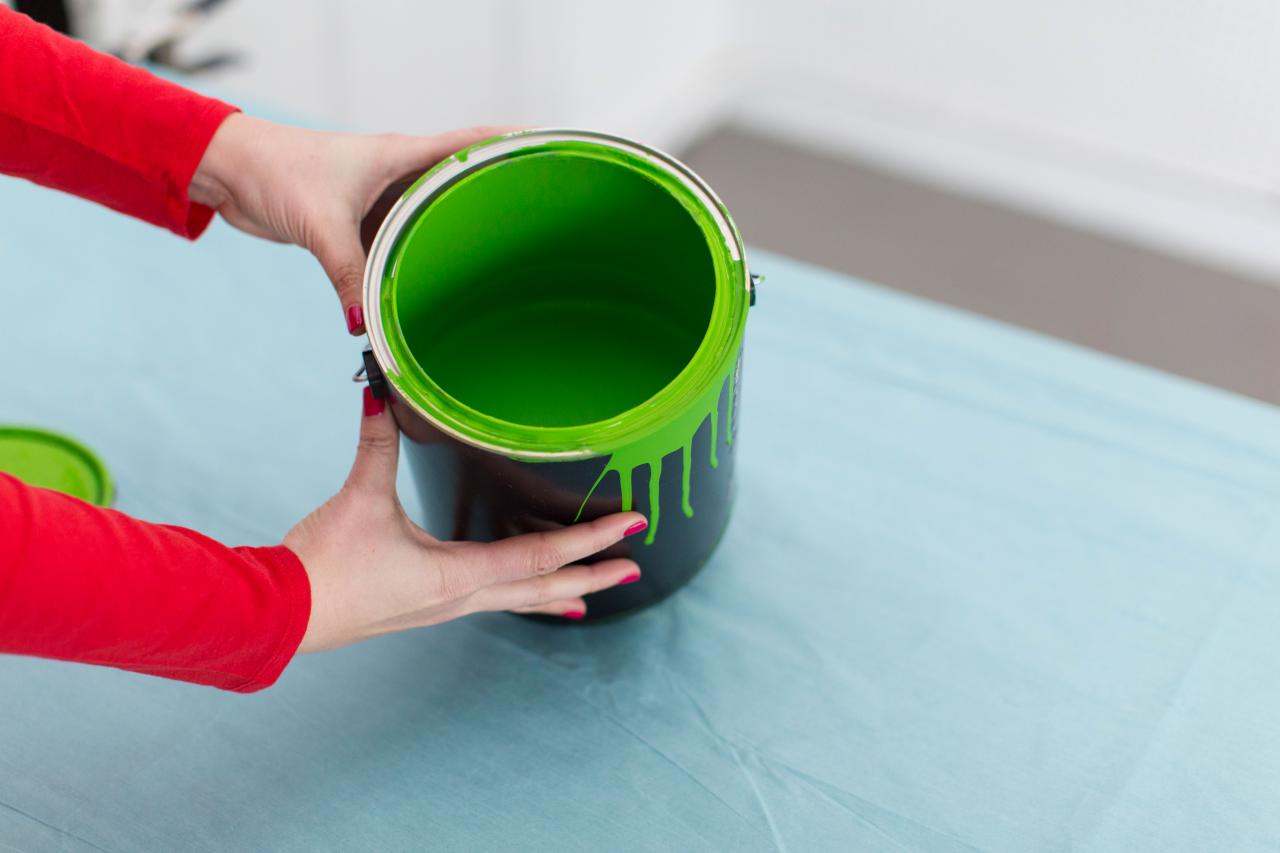
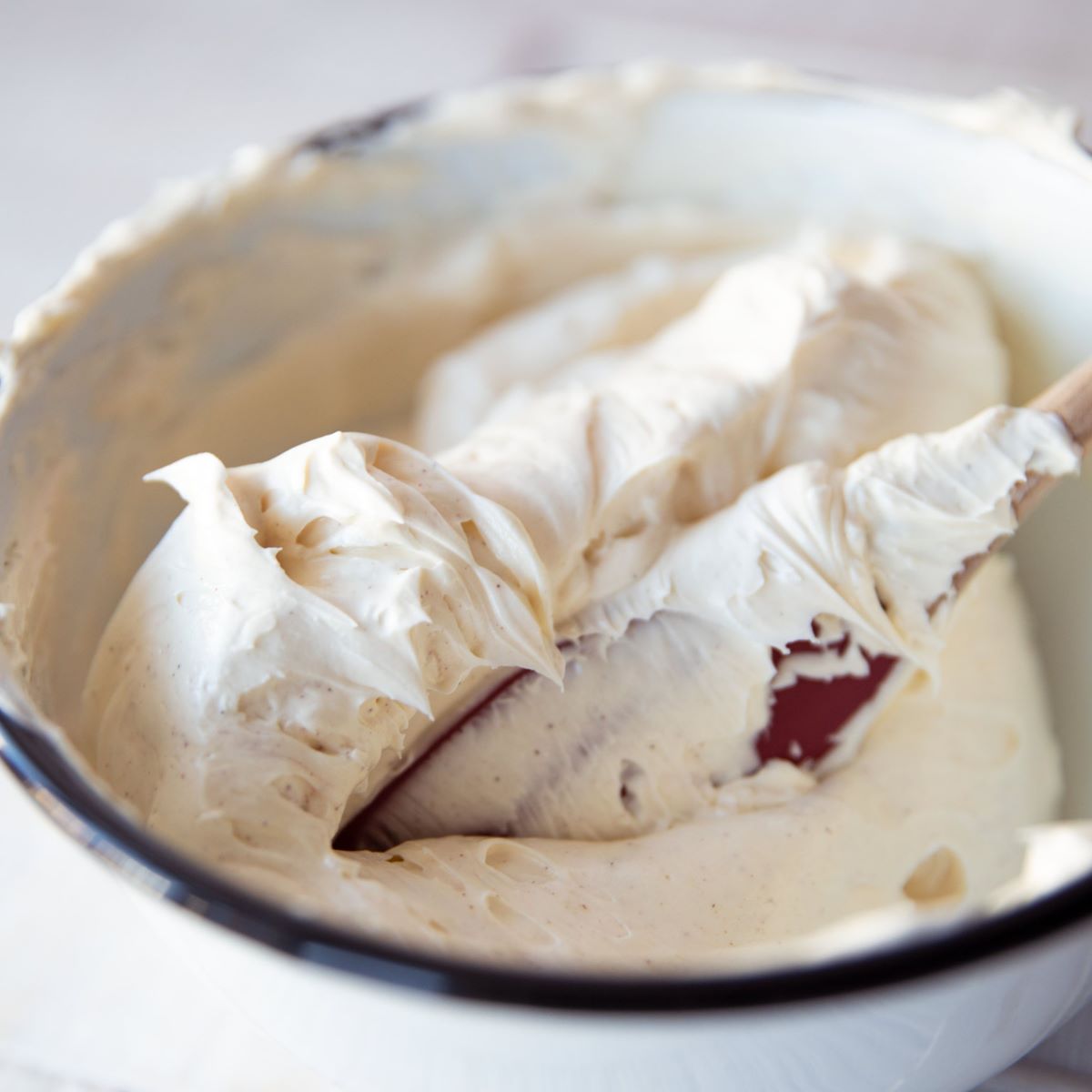
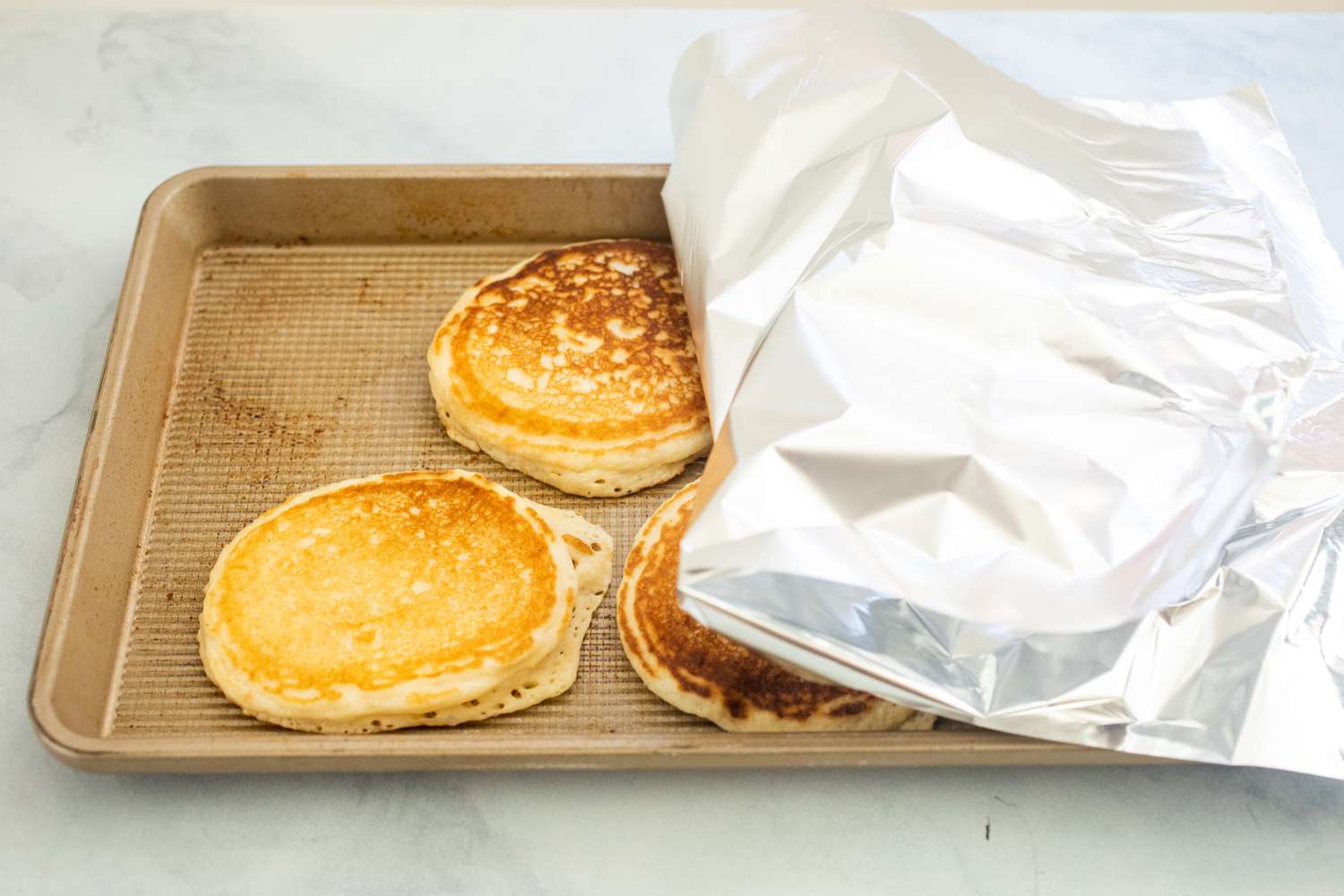

0 thoughts on “How To Store Leftover Ramen”